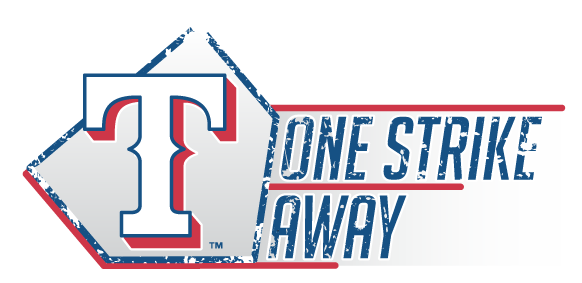The Rangers are 28-27, Joey Gallo Unleashes the Thunder
/Baseball games like tonight’s are like that amazing shot in a round of golf (at least for those of us that aren’t actually very good at golf). No matter how your round has been, those are the ones that keep you coming back for more.
Ariel Jurado was the starter tonight, and once again, was pretty solid. He went 6.0 innings on 101 pitches, 5 hits, 3 walks, 6 strikeouts, and most importantly, only 2 runs. He really kept Texas in this game.
The big story of the night was Joey Gallo. Joey had some rough plays out in center field, but that was all wiped away in the bottom of the 6th inning. The lineup kept working counts, grinding out fantastic plate appearances, and after Nomar Mazara walked with the bases loaded to tie the game at 2-2, that brought Joey up with the bases loaded. He proceeded to launch the ball 457 feet at a velocity of 113 mph to center field. The Rangers suddenly led 6-2, and never looked back.
Joey Gallo also redeemed himself a bit in center field to end the game with a fantastic diving catch for the final out. Way to go, Joey.
Hunter Pence was, once again, solid, adding another 2 hits to his big season.
Otherwise, the offense didn’t unleash a ton of hits, but working Danny Duffy in that 6th inning was enough to plate 6 runs.
A solid outing for the bullpen! Jesse Chavez, Chris Martin, and Shawn Kelley each worked an inning apiece, collectively giving up only 2 hits, no runs. Good job, guys!
Perhaps the biggest news of the day came hours before first pitch, with Chris Woodward talking candidly about Rougned Odor. If you haven’t read it yet, I’d implore you to do so. Woodward was very pointed, fair, and critical all at the same time, and it appears that if things don’t change soon, the Rangers could look to make a change from their end.
All in all, a great evening for the Texas Rangers. They’ll go again tomorrow at 3:05 PM, with Lance Lynn taking the mound for the Rangers.








